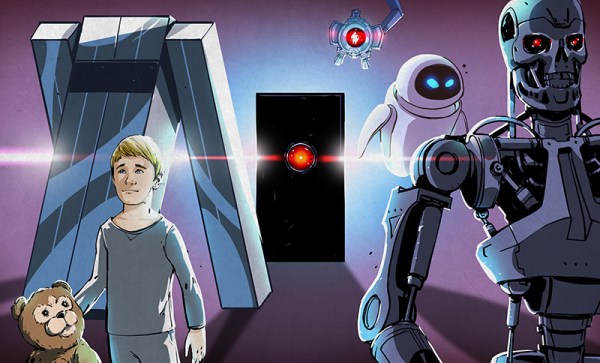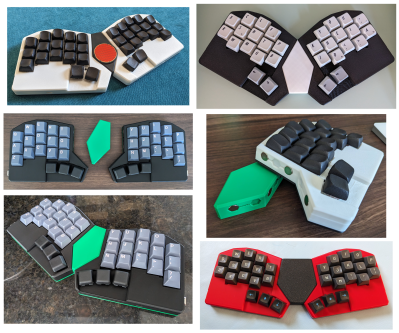Ever stopped at a red light and noticed something odd about the poles holding up the traffic lights? Look closer next time—many of them appear to hover just above the concrete, anchored by visible bolts. This video below explains it all. It’s not a job left unfinished. It is actually clever design, and all about functionality and easy maintenance. Let’s break down why engineers prefer this so-called ‘floating’ base plate setup.
At first, you might think mounting poles directly into concrete would be more stable—after all, that’s how heavy columns are often installed. But traffic light poles are lightweight, hollow, and face constant wind pressure. Instead of brute stability, they need flexibility and precise alignment. Enter the standoff base plate. By resting on leveling nuts, these poles can be fine-tuned for perfect verticality, even when the ground shifts slightly over time. That’s critical for keeping your 30-foot pole from leaning like the Tower of Pisa.
The open design also simplifies maintenance. If the pole tilts after years of wear, it takes just a few nut adjustments to fix it—no heavy cranes required. Plus, the gap helps prevent moisture buildup, reducing corrosion. So next time you’re waiting at an intersection, you’ll know it’s not just clever engineering—it’s practical street smarts. If you’re an infrastructure nut, this slightly older article might spark your interest.
Continue reading “The Clever Design Behind Everyday Traffic Poles”



















